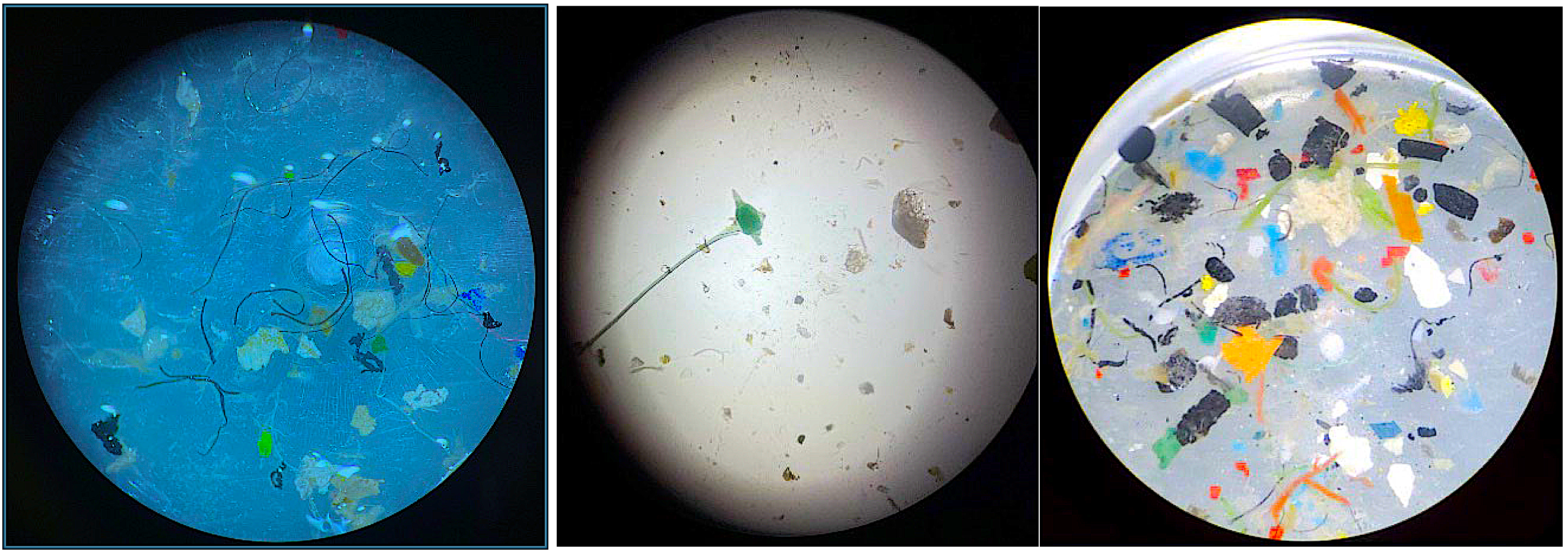The smaller fish in our sounds and coastal ocean, known as forage fish, provide food for nearly all commercial and recreationally important fish species, as well as sea birds, marine mammals, and more.
To have healthy fish populations for larger predator fish, fishery managers need to ensure there’s plenty of small fish to eat. But this is easier said than done. Scientists are working to better account for the role forage fish play in the marine ecosystem. What type of management approach would ensure that important predators have enough to eat?
What did they study?
A research team from NC State’s Center for Marine Sciences and Technology and East Carolina Univeristy’s Department of Biology chose Pamlico Sound, North Carolina, to develop a fish-focused, multispecies model of “who eats who” and what factors might influence this. Pamlico Sound and its tributaries serve as critical nursery habitat for numerous species and support several economically important recreational (e.g., spotted seatrout and red drum) and commercial (e.g., blue crabs and shrimp) fisheries.
The team included data about the diets of larger predator fish that eat smaller fish, commercial and angler catches, and estimates of other variables, such as levels of consumption overall by predator fish. They also evaluated the extent to which predator fish and fishing fleets target the same forage fish.
What did they find?
Researchers were able to estimate total predator demand for forage fish and identified important species, including the top fish predators in
Pamlico Sound.
Predators removed the majority of forage fish, consuming over 62,000 tons of fish annually in Pamlico Sound. Atlantic menhaden, anchovy, spot, and Atlantic croaker were the top forage fish in Pamlico Sound and comprised over 80% of the total amount of fish that predators consumed.
Bluefish and longnose gar consumed the most fish. In fact, these two plentiful species consumed more prey fish than the fishing fleet removed. As fish populations fluctuate, other predator fish, such as southern flounder or weakfish, could replace bluefish and longnose gar as the top consumers of fish in Pamlico Sound.
Fishing fleets removed over 6,300 tons of fish annually in Pamlico Sound, and forage fish accounted for 61.2% of it, specifically. Because predator fish also consumed Atlantic croaker and spot in high quantities, these two species have the largest combined removal from the waterbody.
Anything Else?
The scientists determined that, in some cases, the forage base is insufficient, but in others, sufficient, to support increased predator demand. Under one scenario, predation and harvest did too much damage to the population of spot for it to remain sustainable. However, the production of shrimp and blue crab, according to the model, remained sustainable even with increases in predatory consumption.
So What?
The model directly addresses management questions that are not possible to address with a single-species approach. It illustrates that tradeoffs between fisheries for forage fish and predator fish should be considered when assessing and managing fisheries in Pamlico Sound.
The scientists recommend tracking managed predator fish (weakfish, southern flounder, summer flounder, red drum, and striped bass) over time and regularly comparing their numbers to the populations of important forage species (spot and Atlantic croaker).
They do note that their model focused on predator-prey interactions only. Environmental stressors, such as low dissolved oxygen events in Pamlico Sound, also have the potential to impact forage fish.
by Sara Mirabilio



